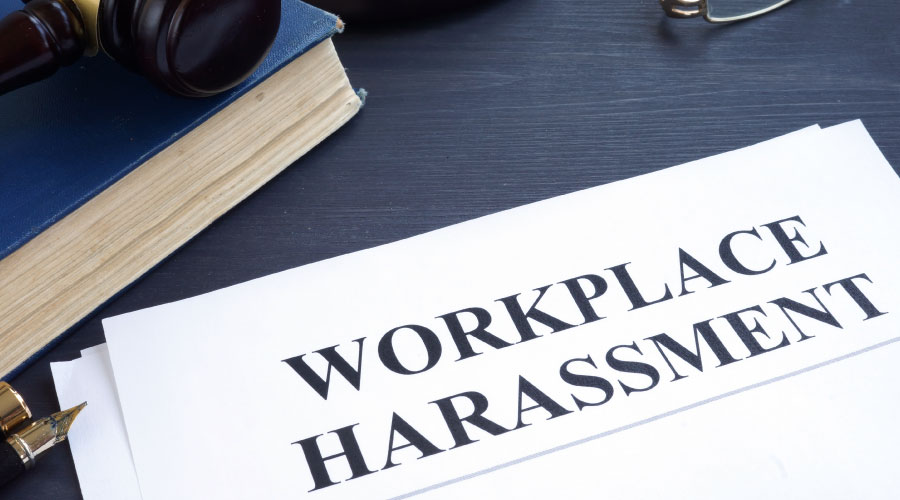Our phones are ringing and email boxes are filling up at Finney Law Firm about notices from County Auditors throughout the state of Ohio about dramatic property tax valuation increases coming with the January 2024 tax bills.
Read this shocking paragraph from an article from Paula Christian at WCPO (Channel 9):
The [Ohio Department of Taxation] recommended a 43% increase in property values in Clermont County and 42% in Butler County. The updates will be reflected in 2024 tax bills, which are sent out early next year and will last for three years until reappraisal.
So, the natural reaction from property owners receiving such notices is that their tax bill (i.e., the amount of taxes they are obligated to pay) will rise a similar amount. This is not true — not by a long shot — given the intricacies of Ohio property taxation.
How could that be? We explain:
- First, the County Auditors throughout Ohio are charged by statute with re-valuing properties in their County every three years (a “Triennial”). The statutory duty is to value each parcel at its fair market value (in the case of new tax valuations coming in January of next year, that is a January 1, 2023 valuation).
- In southwest Ohio, January of 2024 will see new valuations for each of Hamilton, Butler, Clermont and Montgomery Counties. Warren County will have new valuations in January of 2025.
- It is not the Auditor’s job to show mercy, or to “shade” the fact that the real estate market has changed dramatically since the prior 3-year valuation date (in the case of Counties having new valuation in January of 2024, that would be a January 1, 2020 valuation as a comparison). They are obligated by statute to value properties fairly (i.e., what a reasonable buyer would pay a reasonable seller for that property).
- Your property taxes are, very roughly, a result of this formula:
(Tax Valuation * Tax rate) – certain credits = tax bill.
- Thus, it is natural to assume that to the same degree your valuation rises, so does your tax bill.
- However, it is much more complicated than that.
- About 10% of your tax bill is inside millage which does stay at the same tax rate (i.e., it does generate more revenue in direct proportion to your increasing valuation). But that is a very small part of your tax bill.
- About 90% of your tax bill is outside millage, which is a result of tax levies that year after year generate a fixed amount of revenue for the levy recipients (depending on the district, schools are about 55-70% of your tax bill). For example, a specific levy passed by the voters years ago may generate a fixed $40,000,000 in taxes each year (regardless of inflation or valuation increases).
- That means that for the great majority of your Ohio tax bill, as the valuations increase, the rate rolls back, generating the roughly same revenue for the levy recipient overall each and every year.
- Therefore, if your property has a lower-than-average valuation increase, the outside millage portion of your tax bill will actually decrease. To the extent that your increase is merely average for that taxing district, the outside millage portion stays the same. And to the extent that your valuation increase is more than average, the outside millage portion of your taxes will rise, but only to the extent of that excess increase.
- Remember the last school levy campaign where the pro-levy advocates told you that “taxes don’t keep pace with inflation”? Well, as a result of the formula set forth above, that’s actually true.
Do remember that when you get a changed value, that’s the first change in three years, so the increase reflects that entire Triennial period (i.e., 8% per year compounded would exceed a 25% valuation increase over three years).
Also keep in mind that certain categories of real estate have in fact seen dramatic changes since three years ago. Indeed, our region has seen much greater-than-average appreciation than the rest of the nation for single family homes: “Cincinnati has seen the highest percentage of home-sale price increases in the country over the last year.” As a result, our view is that property values in certain categories of real estate have skyrocketed in the past few years, especially single family residential and apartments, as well as warehouse and industrial properties. Office properties, especially downtown, may have seen a decrease in valuation. County Auditors simply are required by state law — as overseen by the State Department of Taxation — to recognize the full measure of those increases in their triennial valuation work. They have no choice.
Chicken Little cries from taxpayers that “the sky is falling” as a result of these properly-recognized valuation hikes are vastly over-stated. For most taxpayers, the increase in their tax actually paid will be less than the inflation over that Triennial cycle.
By the way, two of the primary bases we see clients try to raise against the valuation increases of their properties are simply not valid in Ohio:
- “My property could not have risen in value by this amount.” While that statement well could be true, the Auditor may have undervalued your property in prior years, resulting in an above-market hike.
- “The Auditor has valued four similar houses on my street lower than my valuation.” As entirely unfair as it may seem, the value the Auditor places on another property — as similar in location, size, age and other characteristics as it may be — is irrelevant as a matter of law. What is relevant are sales of similar properties (which is different than the Auditor’s opinion as to values).
This all leads to a significant caution for those desiring to charge into the Board of Revision and challenge the value of their property: The Board can raise your property value even more if the then-current valuation does not reflect market. Proceed with great caution.
If you have questions about your new tax valuation, please call the professionals at the Finney Law Firm. We can answer your questions as well as challenge any valuation that exceeds fair market value of your property. Contact Jessica Gibson (513.943.5677) or Chris Finney (513.943.6655) to help with that assignment.











